Open plains, migratory herds, lions, cheetahs and Kopjes. These are the icons of the Serengeti.
It’s quite bizarre that this was my very first time visiting the Serengeti after 13 years of being in the photographic safari industry. Whilst I’ve explored the southern circuit in Tanzania and visited Ruaha and Nyerere (formerly the Selous) National Parks, a visit to the Serengeti was just not something that had fallen into place.
This particular safari was planned in such a way that the group of four guests, all seasoned safari goers, would be able to see and experience the icons of the Serengeti but, in a manner that did not require them to compromise their desire of having a slightly more exclusive safari experience. I’m not talking about the standard of the accommodation (although we ticked that box in a big way too) but rather the luxury of exclusivity of sightings.
As with most iconic destinations, the Serengeti gets really busy at this time of year. The peak of the calving season is typically the middle of February and literally thousands of tourists pour into the Ngorongoro Crater Conservation Area and Serengeti eco-system in the hopes of catching the migratory herds. We had a similar vision but arrived slightly earlier to avoid the masses but, the biggest difference in the way that I crafted this itinerary was with the choice of camps in two very different yet complimentary regions with a relatively high level of exclusivity.
Our first stop was in the Maswa Conservancy at the fabulous Nyasi Migrational Camp where we spent 7 nights. Yes, thats a long time but you should know by now that I prefer to spend a bit more time in prime locations and this was certainly one of those locations. 7 nights here not only gave us great game viewing and a day trip to Ndutu but also afforded us the time to take a break from the full days out on safari to visit the local Datoga Tribe.
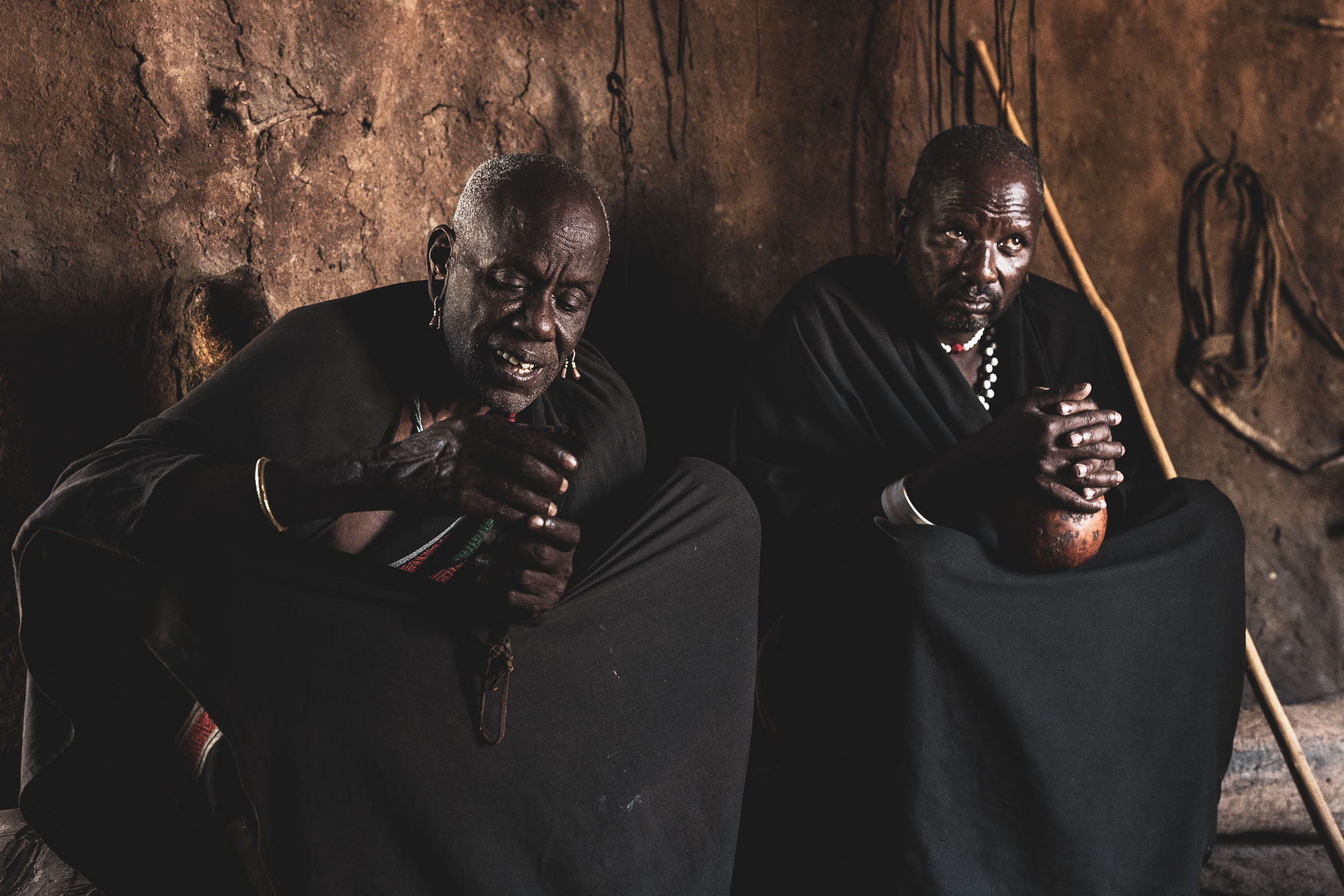
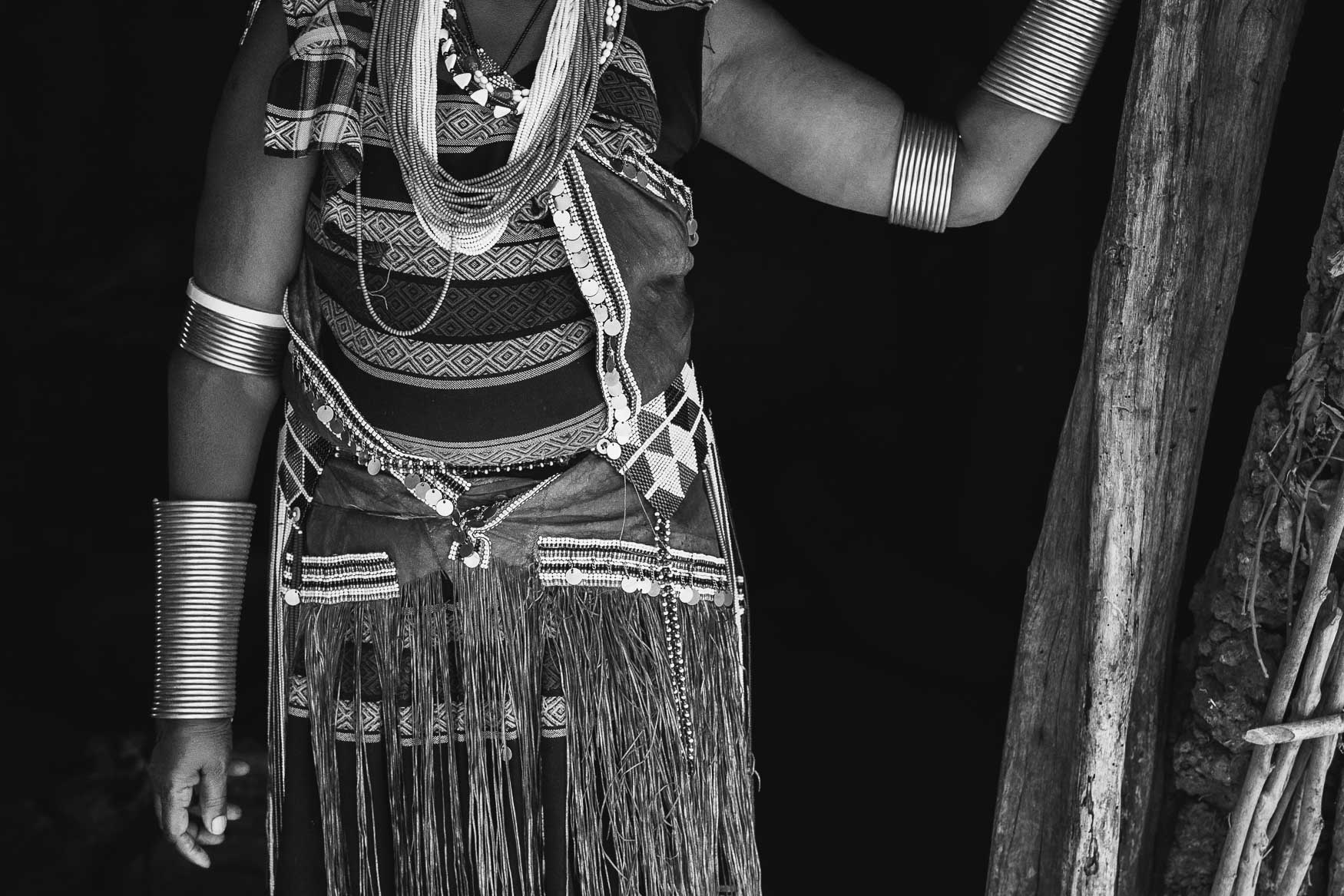
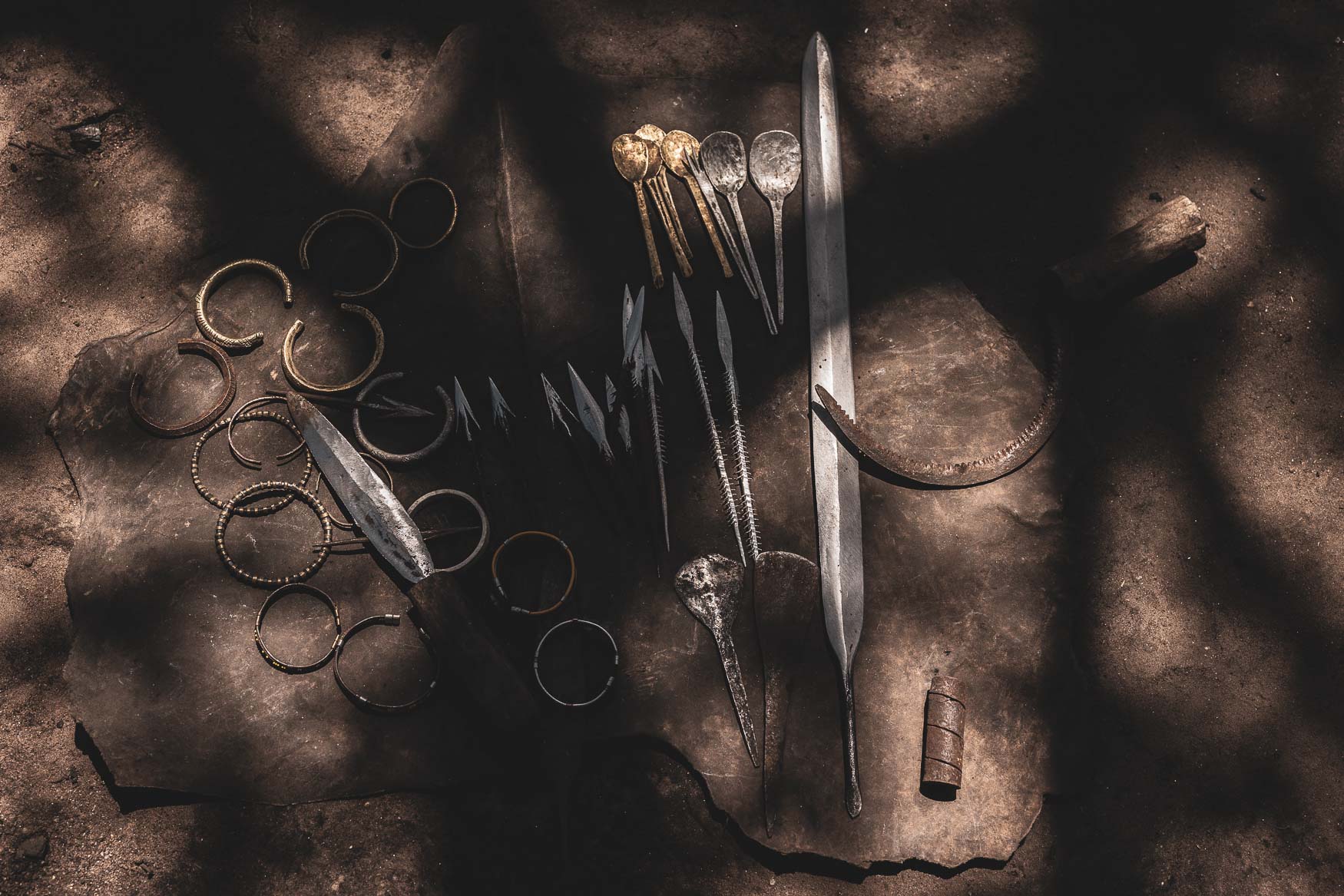
The Datoga tribe, also known as the Mang'ati in Tanzania, are a fascinating ethnic group that predominantly resides in the Lake Eyasi region near the Rift Valley. Renowned for their distinctive culture, the Datoga people are traditionally pastoralists, relying on cattle herding as a primary means of sustenance. Their livelihood revolves around a deep connection with cattle, which holds significant cultural and economic importance. They are skilled metalworkers, particularly known for their mastery in crafting intricate jewellery, weaponry, and tools and it was a real treat to spend a morning with them and see them crafting the various items first hand.
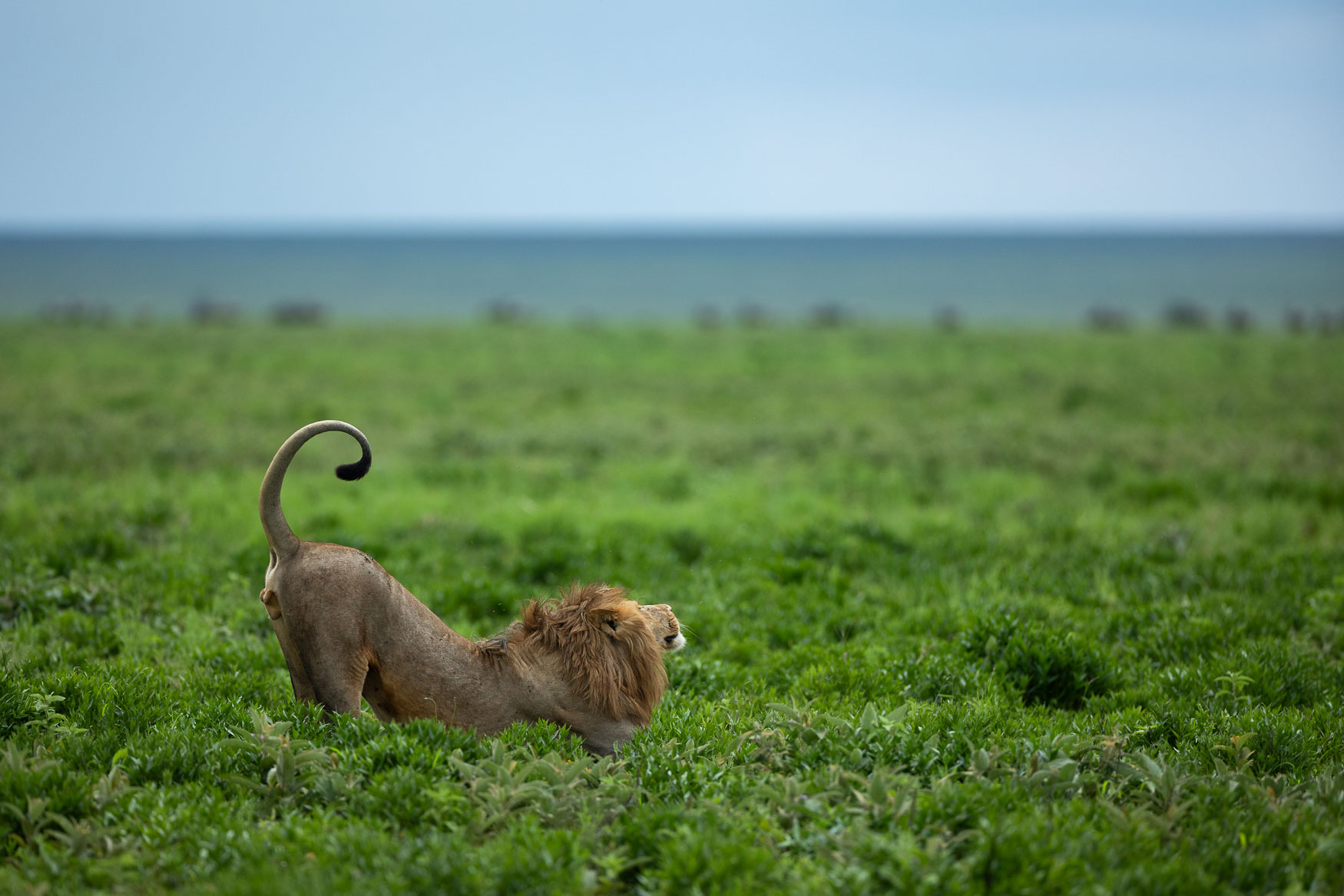
Sightings wise, we enjoyed just about every sighting we had during our time here to ourselves or, on occasion, with one other well behaved vehicle. Whilst we enjoyed mating lions almost every day, misty mornings, massive herds of wildebeest and two male leopards, I think the highlights of our stay here revolved around cheetah. I can’t recall exactly how many we saw but, rather than the number, it was about the quality of the sightings.
Here are three images from two of the most memorable moments spent with cheetah in this region. This first frame came as just reward after spending an entire afternoon (from 12:30 to 17:05) with a female cheetah and her young cub. The female had made a successful hunt on a young Thompson’s Gazelle and, after feeding on their kill, gave us a very unique and special photo opportunity.
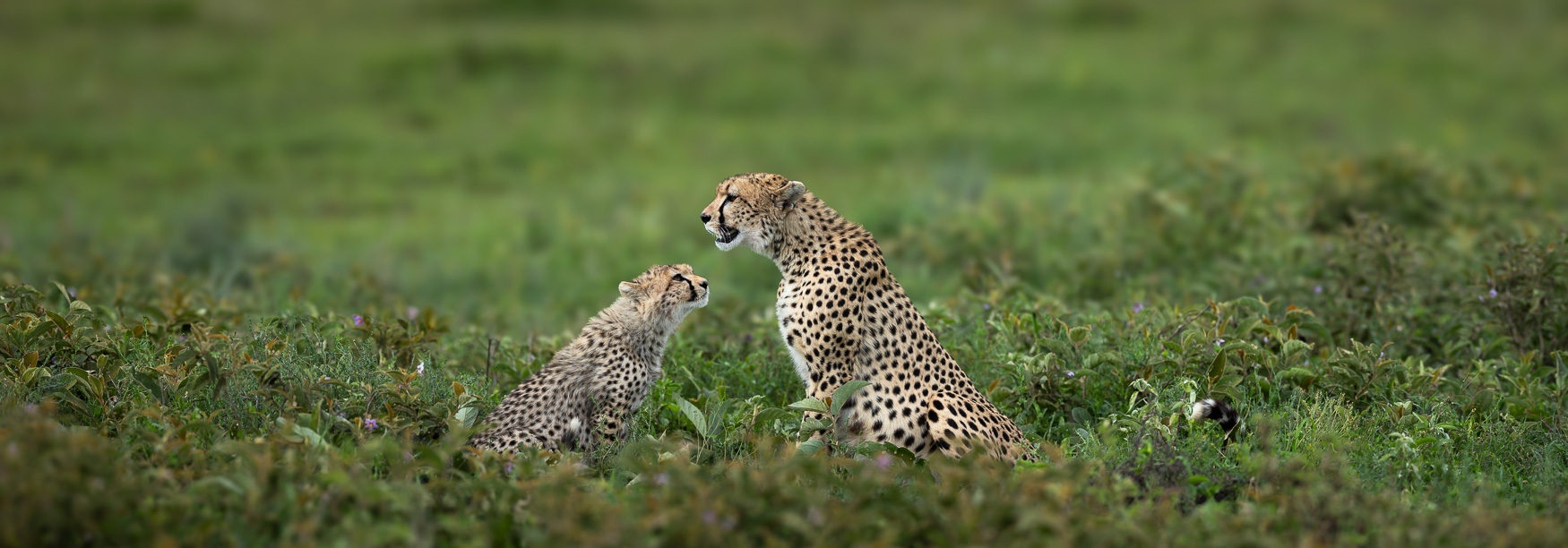
The images from this second moment are pretty self explanatory. An entire afternoon spent with this female cheetah and her two cubs as they frolicked in some of the most spectacular light. No rush to leave, make space for anyone (we were the only vehicle around for this sighting) and we had the freedom to milk every last drop of this magnificent light.
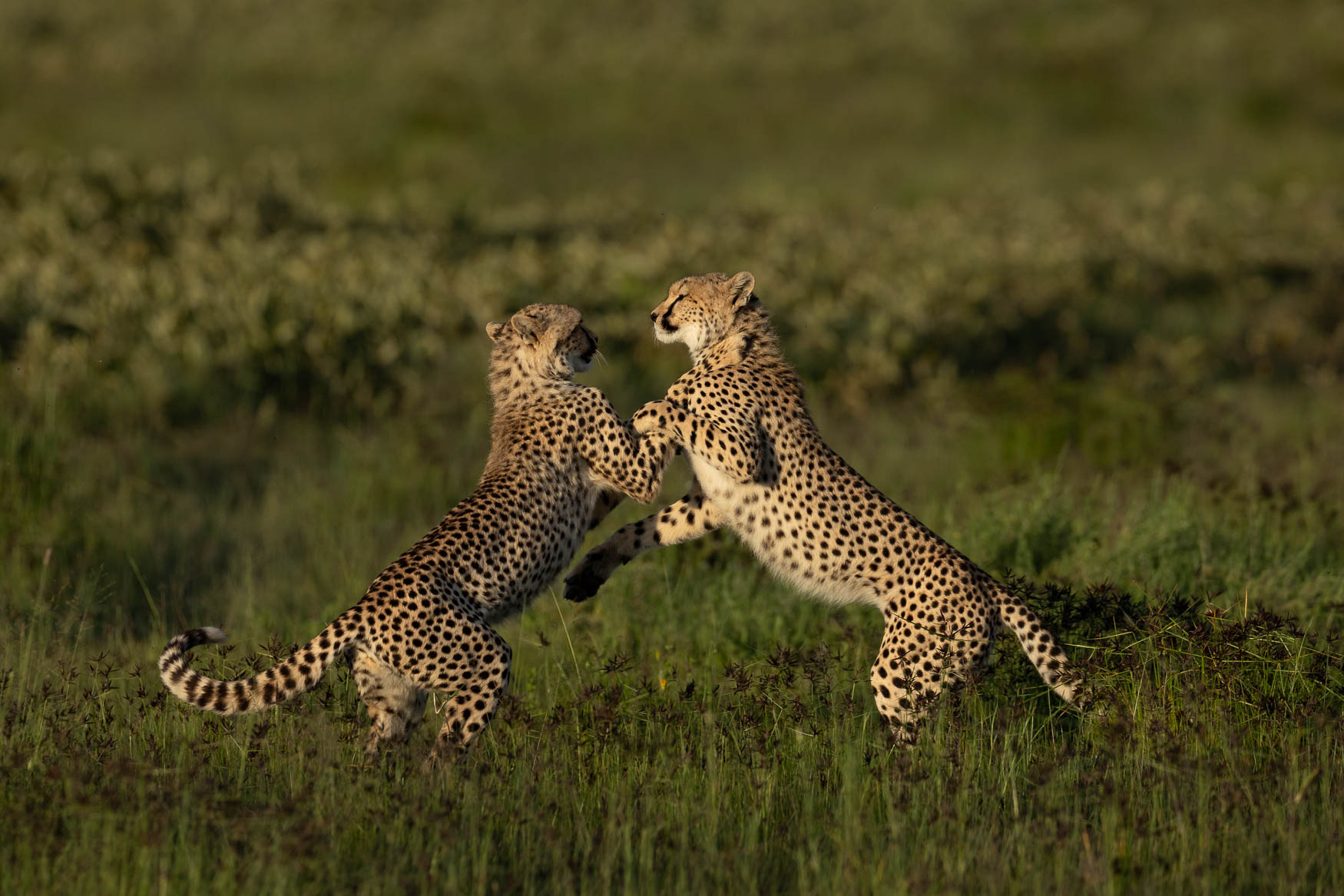
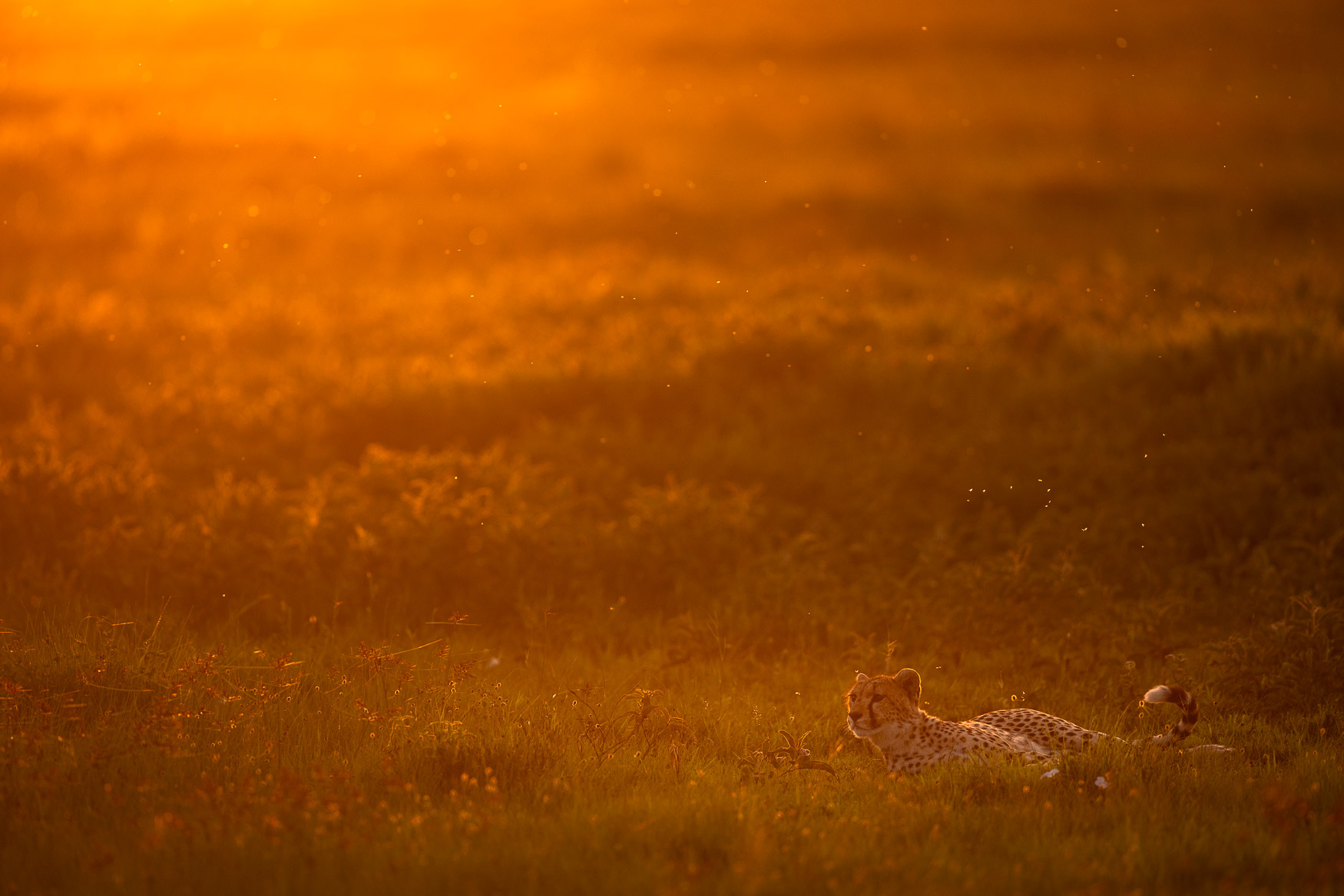
Of course, it wasn’t all about the predators and we were fortunate enough to drive through the seemingly endless numbers of wildebeest and zebra that were moving across the short grass plains in numbers that were quite honestly mind blowing.
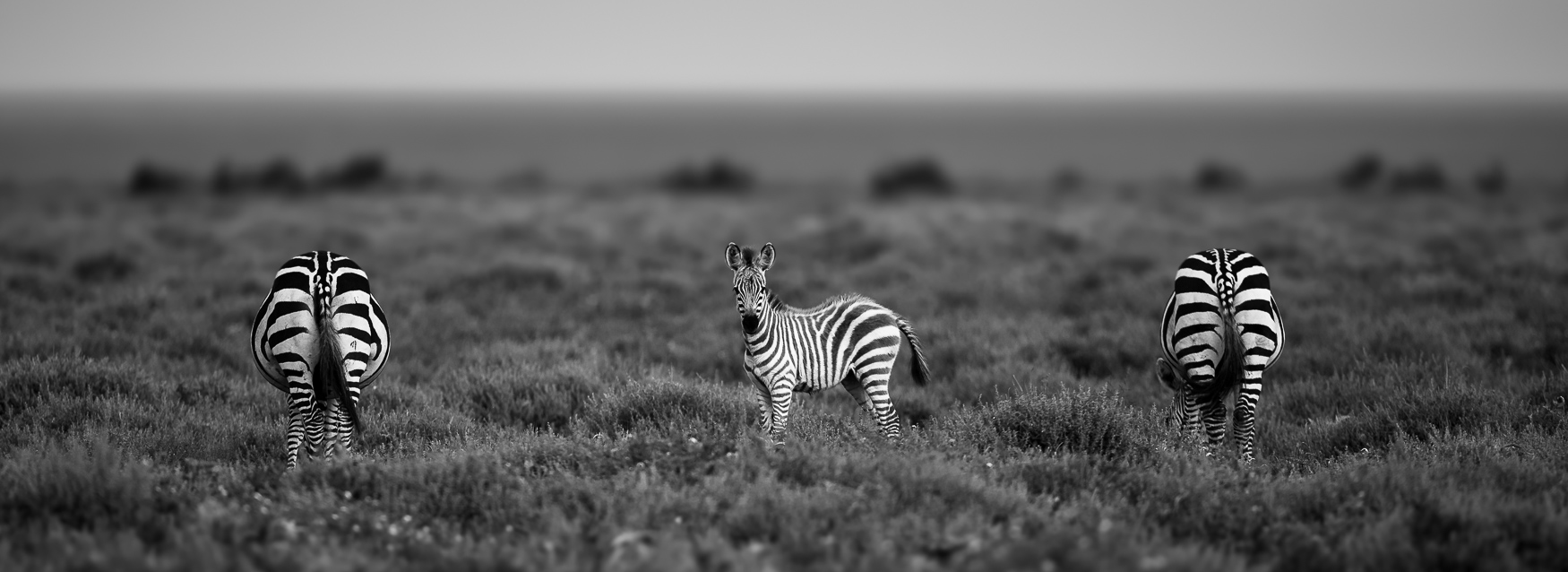
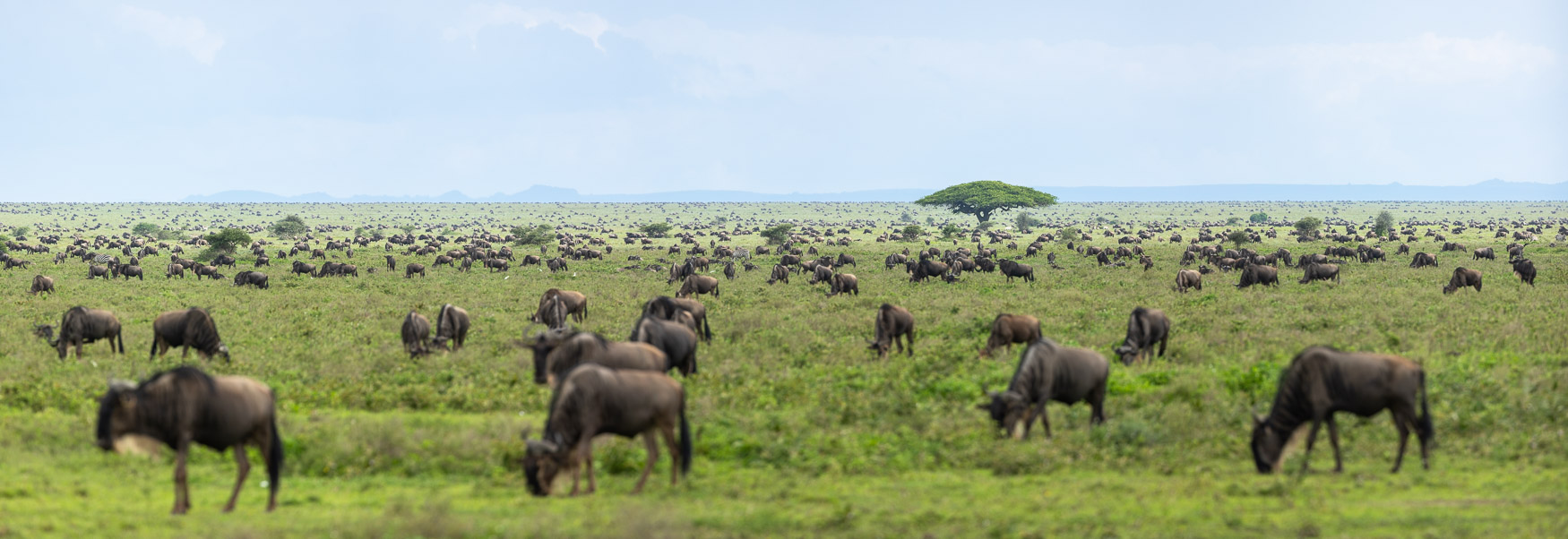
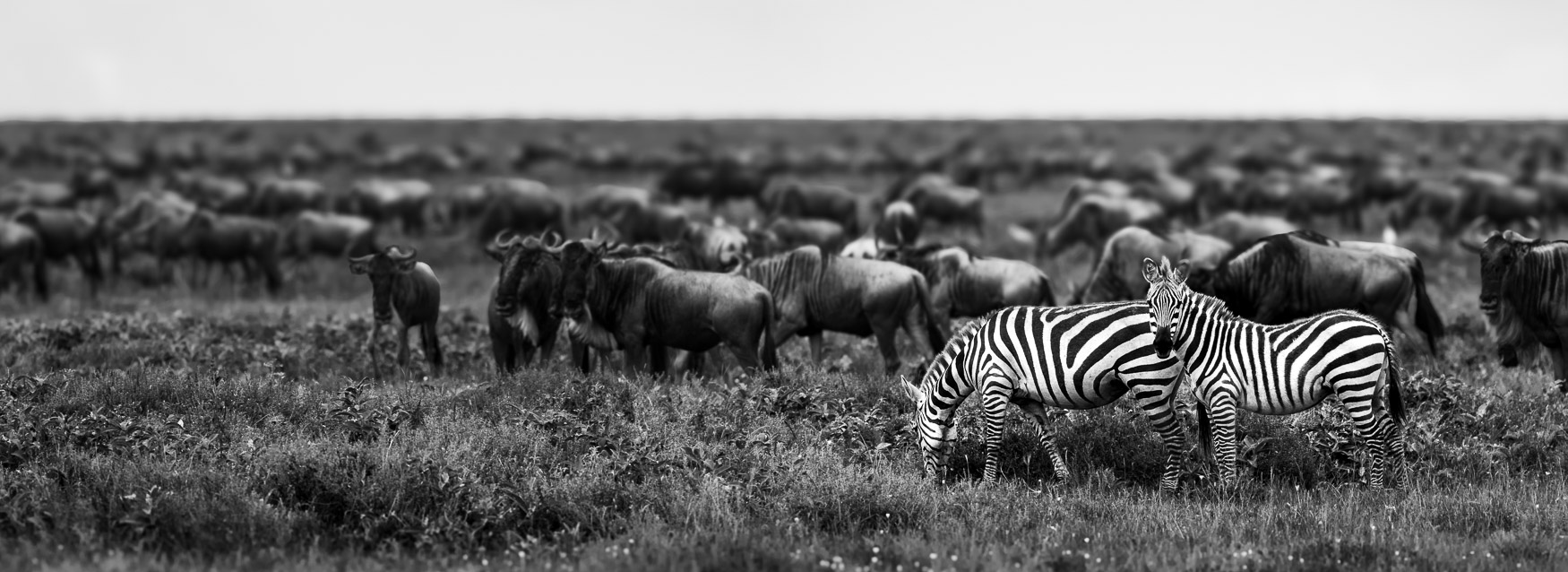
After a week of magic on the open plains of the southern Serengeti I have to admit that I was looking forward to a bit of a change of scenery. Something to anchor the scene beneath the biggest skies in Africa. A 30 minute flight and 2 hour drive out towards the eastern edge of the Serengeti where open short grass plains are broken up by large granite boulders and Kopjes provided the ideal change in scenery and photographic opportunities.
Our focus and intentions for this second chapter (6 nights at Namiri Plains) was to photograph lions (and possibly even cheetah) on the Kopjes (rocky outcrops) that are scattered across the landscape. With a pride of lions on a large kopje less than 1km from camp I knew immediately that we were in for a treat!
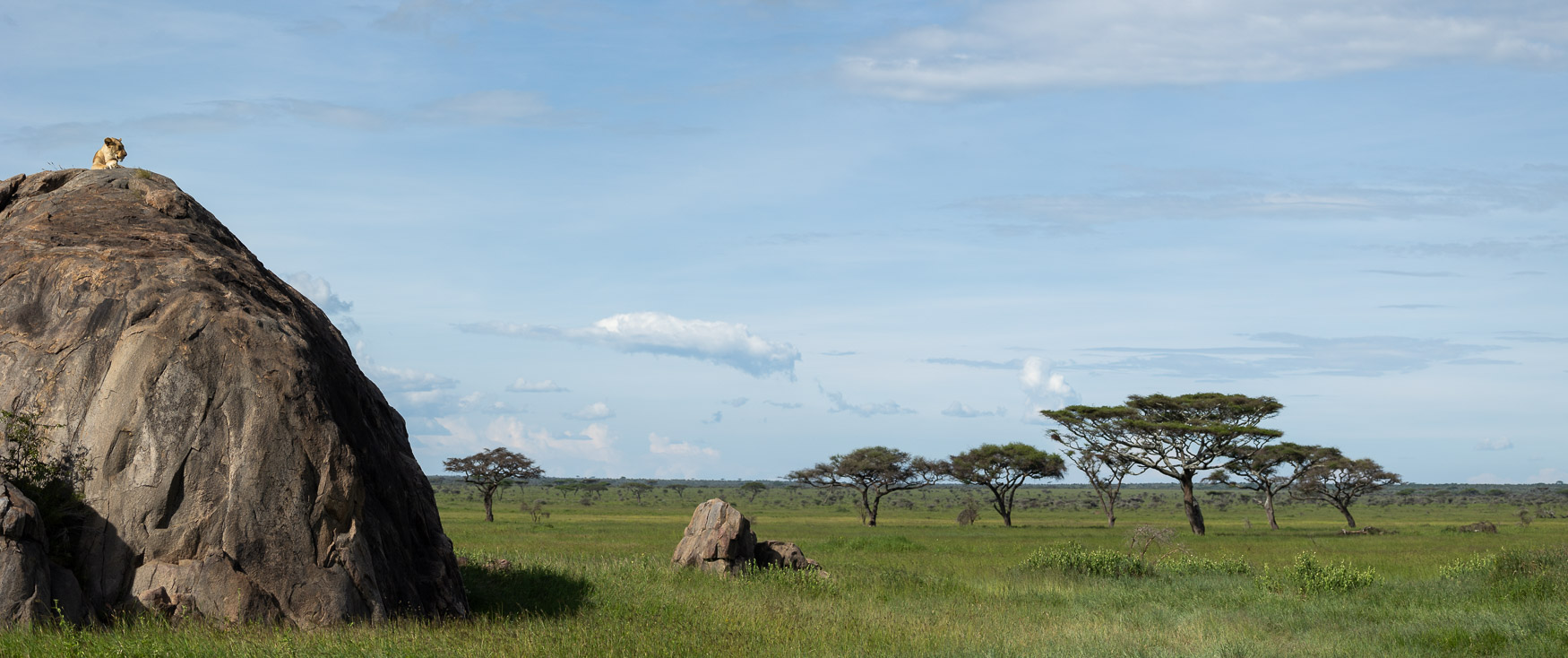
I had briefed all guests to bring along a good wide angle lens, polarising filters and graduated ND filters in order to make the most of any and all photo opportunities that we may be treated too. I think that without exception we used everything that was brought along except for a 16mm lens but I stand to be corrected.
I absolutely loved the teaching opportunities provided by having subjects on these kopjes given my affinity for showcasing animals in their environment. Everything from contrast, changing light, postures, positioning, distracting elements, leading lines (and lions ;-)) and even down to foot falls. There was almost always something to think about or draw peoples’s attention too and that loaded every sighing with incredible learning and photographic opportunities.
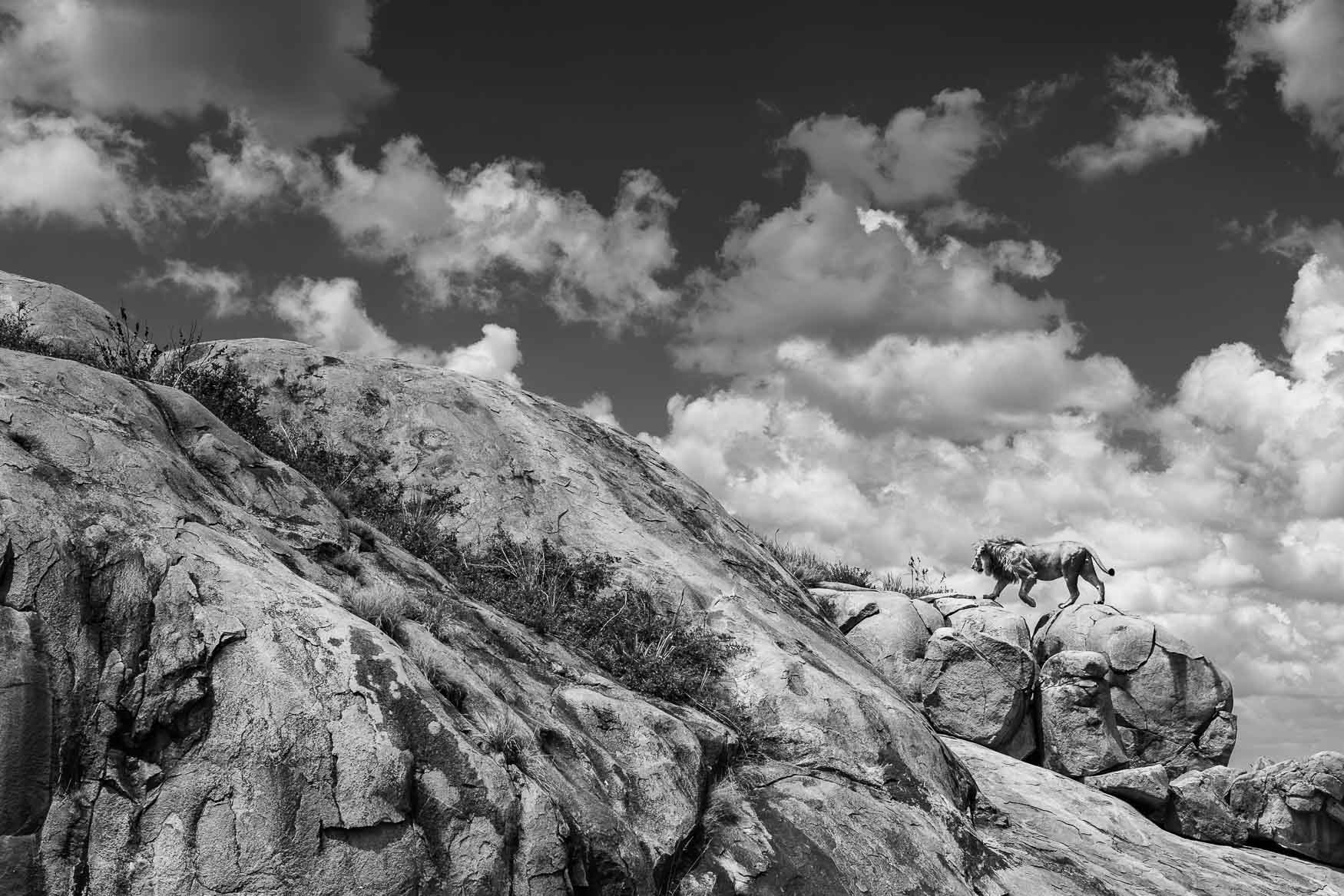
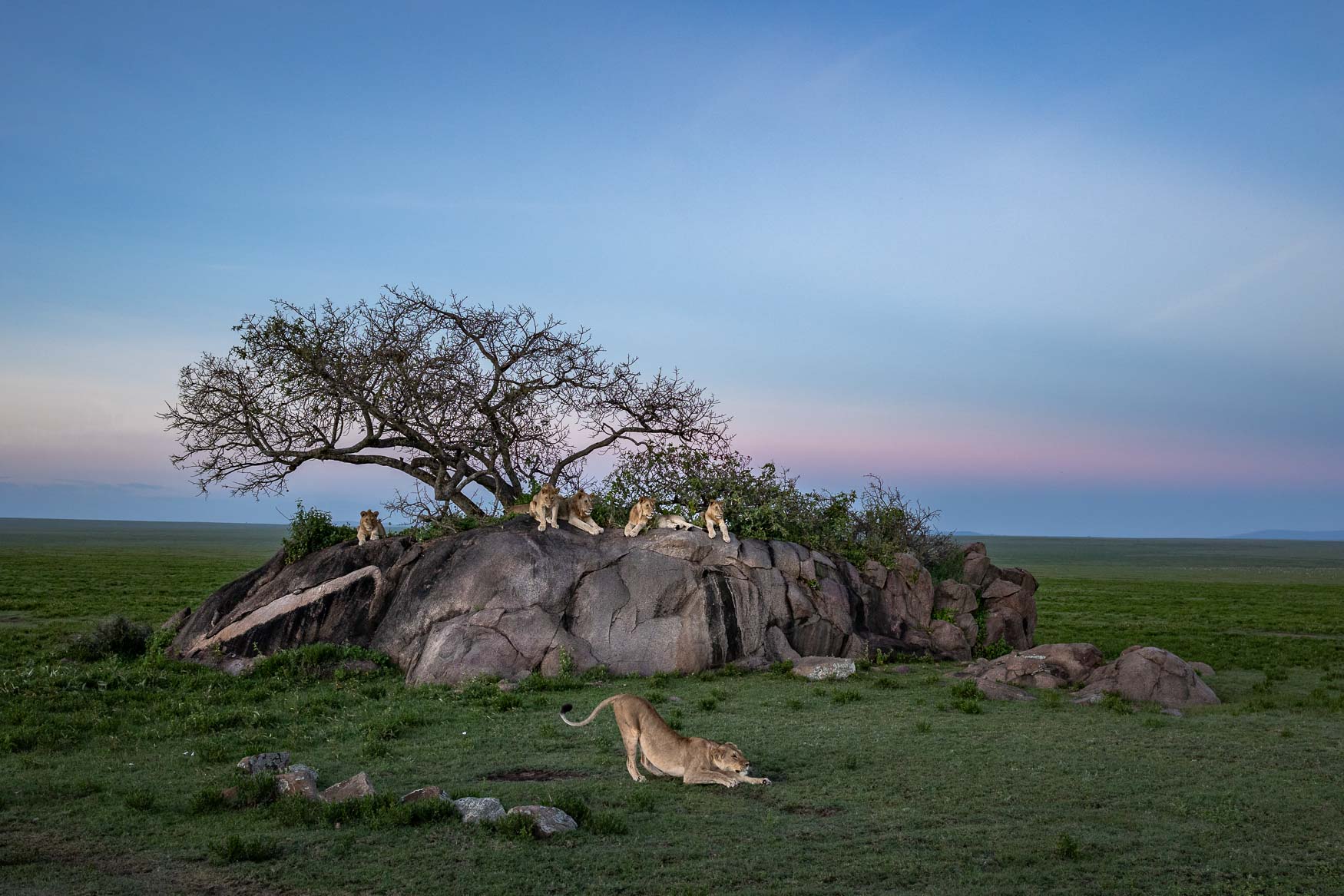
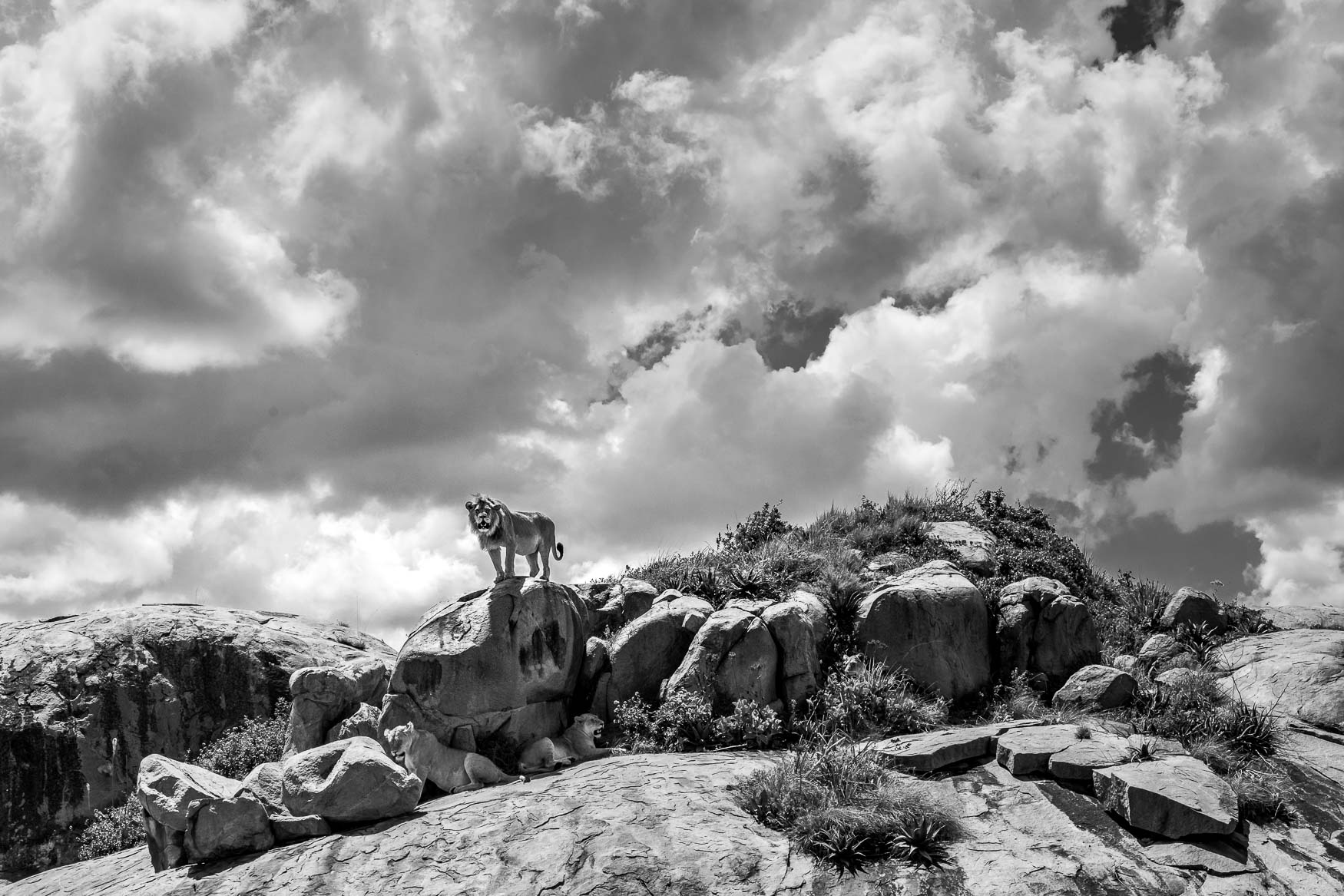
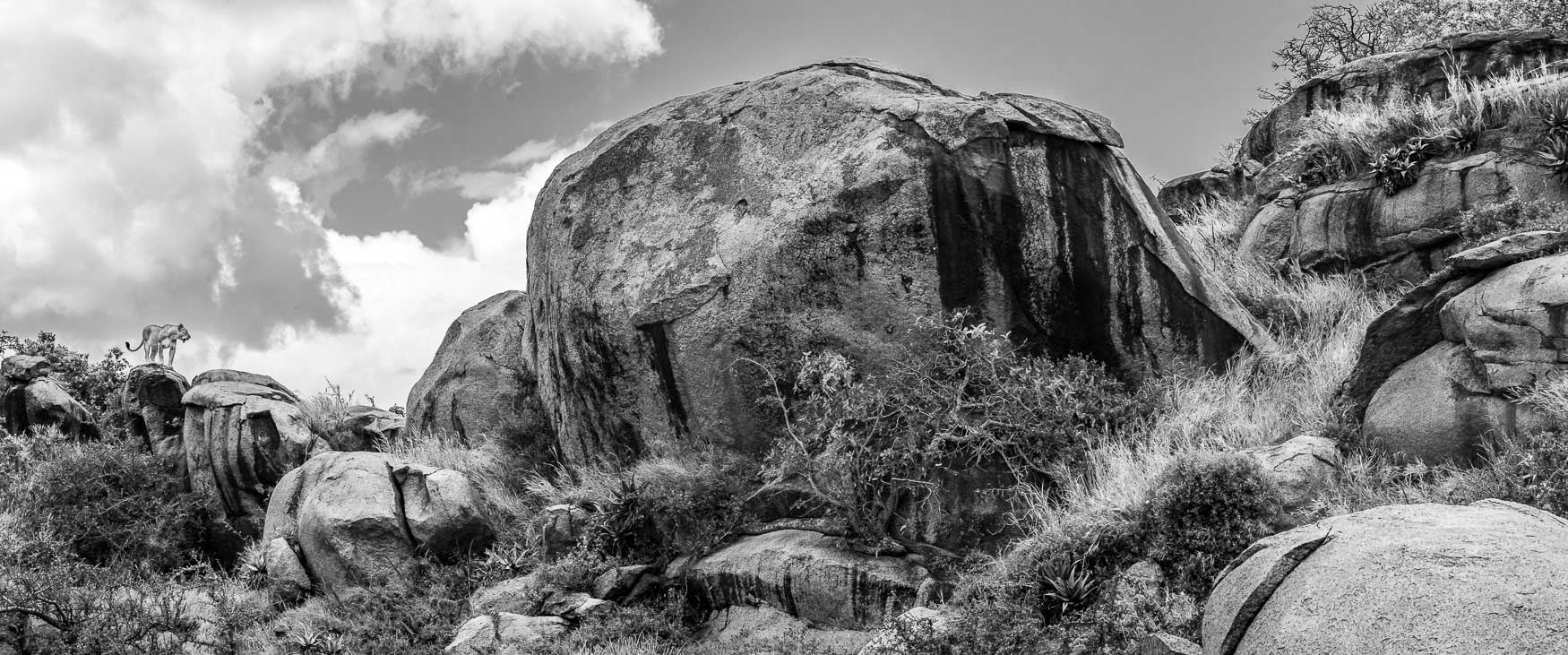
The prime location of camp meant that we could access two of the most iconic and productive Kopje systems within an hour and meant that we were often able to work these areas alone or with very few other vehicles (that typically arrive later in the morning and lunchtime). Whilst I am only sharing images of the kopjes I can assure you that there was so much more that we saw during our 6 nights in the region. Cheetah, serval, a coalition of 5 male lions (there’s actually 7 of them in total) and large numbers of elephant.
Overall, we could not have asked for a better combination of camps and the level of exclusivity that we had enjoyed throughout the trip was reinforced by our arrival back at Seronera where we were brought back to reality by an incredible number of vehicles and guests that had been exploring the less remote and more “popular” areas in the Eastern Serengeti.
Whilst this was my first visit to the Serengeti, it certainly wont be my last. In fact, i’ll be back up in the Ndutu and Kusini regions in early March and then right up northern Serengeti in early August.
If you haven't had enough Serengeti content just yet, don't worry, I hear you! Check out Michael Laubschers Best of Serengeti trip report.
Icons of The Serengeti
This itinerary is a fantastic way to explore the more remote and exclusive regions of the Serenegeti eco-system. If you’ve enjoyed what you’ve seen shared here and would like to know more about planning a private guided safari (I’d say for 3 or 4 guests maximum) or custom travel itinerary, please let me know. I’d be only too happy to help you craft something that fits your needs and budget!
